China's new topsy-turvy bridge actually has three bridges woven into one

Your support helps us to tell the story
From reproductive rights to climate change to Big Tech, The Independent is on the ground when the story is developing. Whether it's investigating the financials of Elon Musk's pro-Trump PAC or producing our latest documentary, 'The A Word', which shines a light on the American women fighting for reproductive rights, we know how important it is to parse out the facts from the messaging.
At such a critical moment in US history, we need reporters on the ground. Your donation allows us to keep sending journalists to speak to both sides of the story.
The Independent is trusted by Americans across the entire political spectrum. And unlike many other quality news outlets, we choose not to lock Americans out of our reporting and analysis with paywalls. We believe quality journalism should be available to everyone, paid for by those who can afford it.
Your support makes all the difference.A bridge doesn't need to include the standard, gray concrete beams, cables, and deck. They can twist and turn and pop with color.
That's the philosophy behind the Lucky Knot bridge in Changsha, China, which was designed by Next Architects.
Spotted by Designboom, the whimsical pedestrian bridge actually has three bridges woven into one structure. Next Architects was awarded the project after their design proposal won an international competition in 2013, Michel Schreimachers, a partner at the firm, tells Business Insider. The steel bridge in Changsha's newly redeveloped city center was completed in late 2016.
Check it out below.
The Lucky Knot stretches over a highway and the Dragon King Harbor River, sitting 78 feet above the river so boats can travel beneath it.
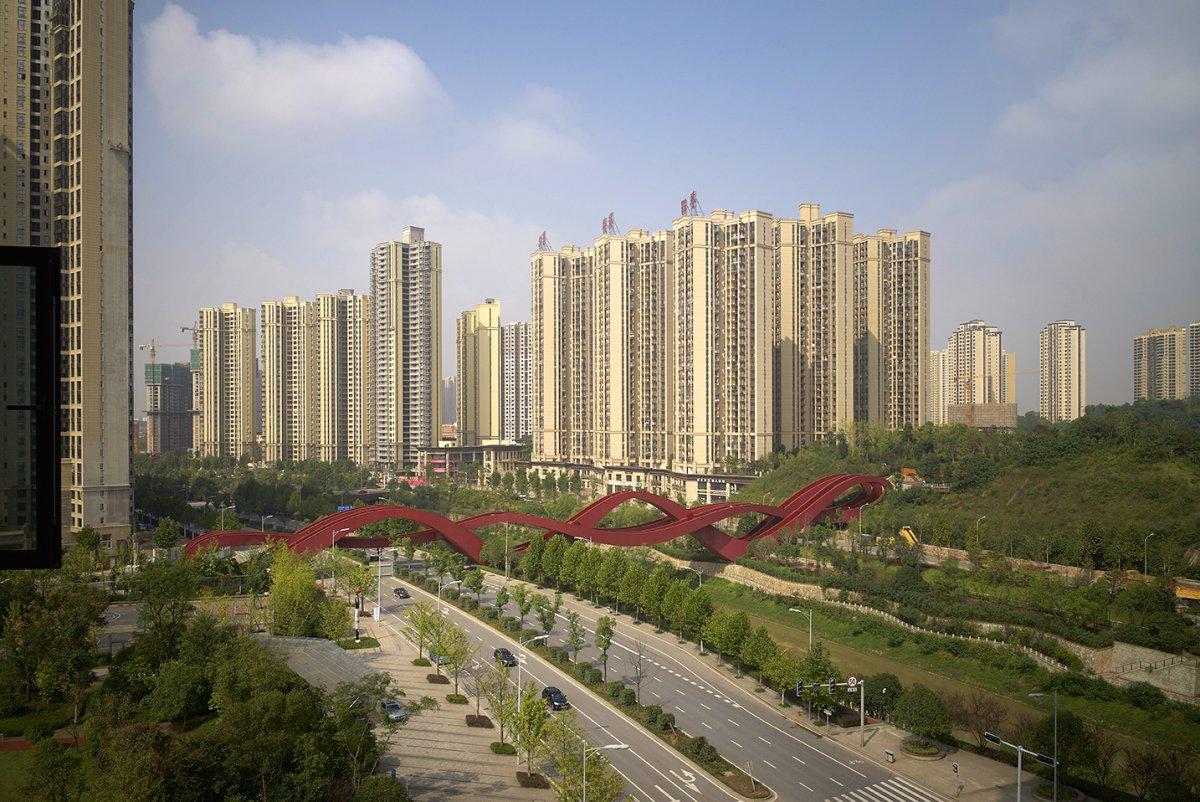
The 600-foot bridge is actually three separate bridges intertwined into one. Pedestrians can access it from eight street entrances.
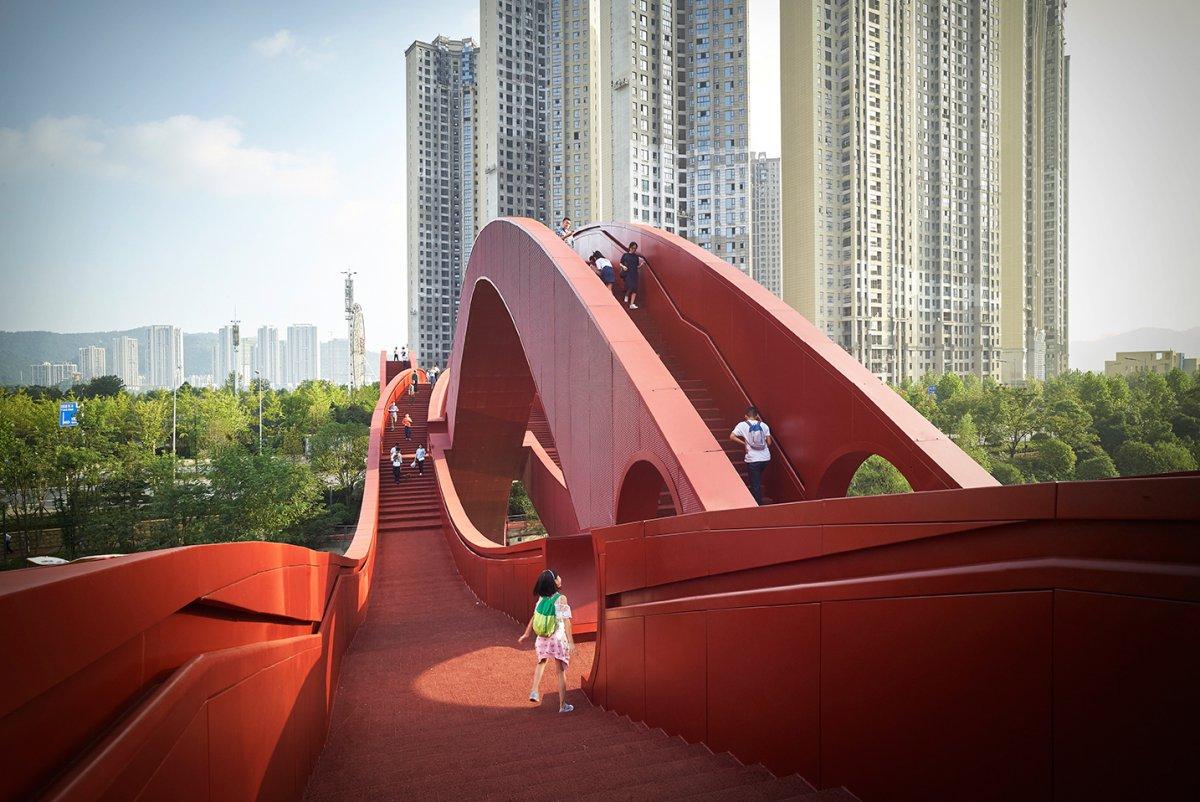
The three walkways overlap at five points, which Schreimachers calls "moon gates."
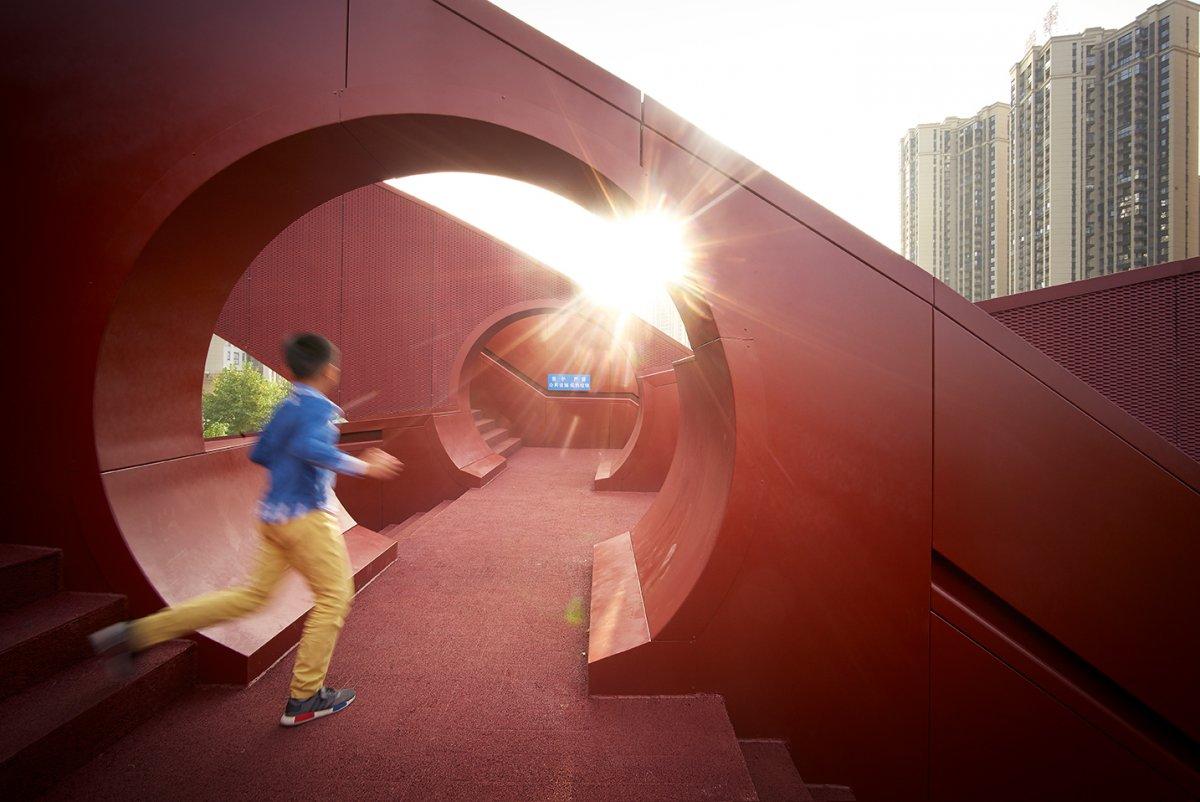
The bridge's design mimics that of roller coaster tracks. Rather than just connecting the two sides, Schreimachers says, it also functions as a pedestrian playground.

The design team was inspired by the Chinese knot, which is how the bridge got its name.
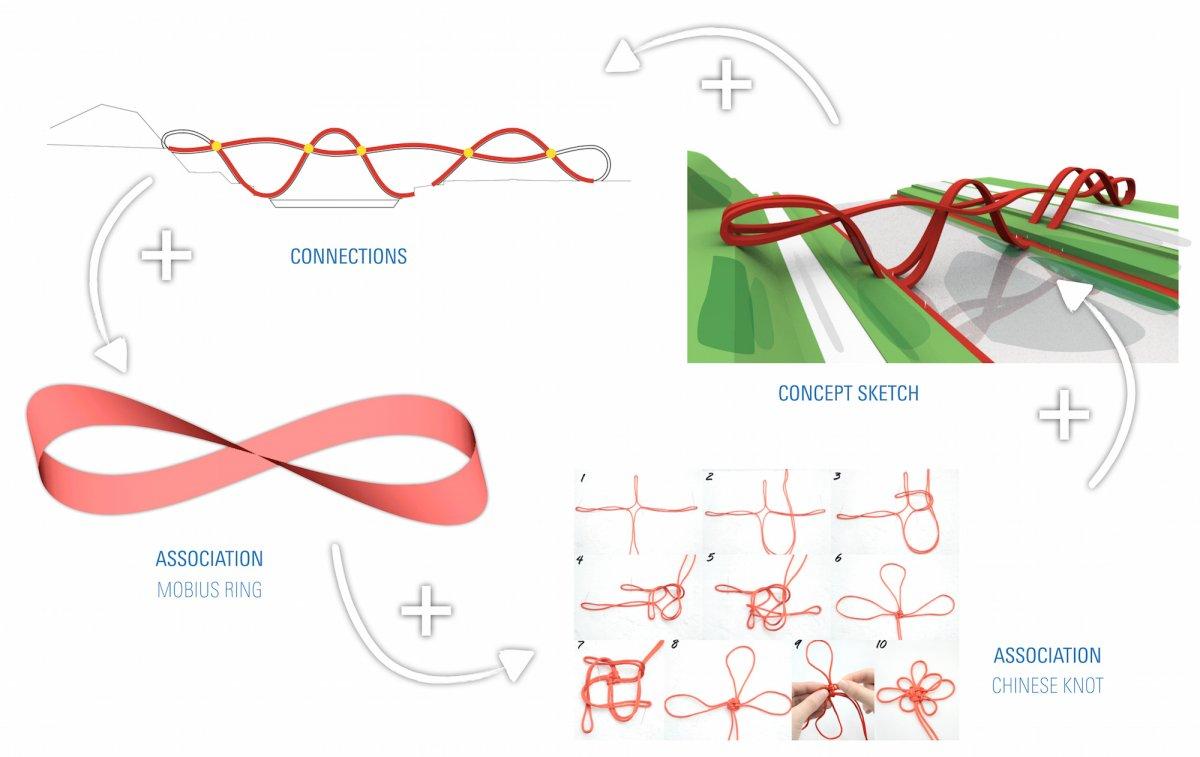
In ancient Chinese folk art, the knot stands for luck and prosperity, Schreimachers says. The color red also symbolizes good fortune and joy.
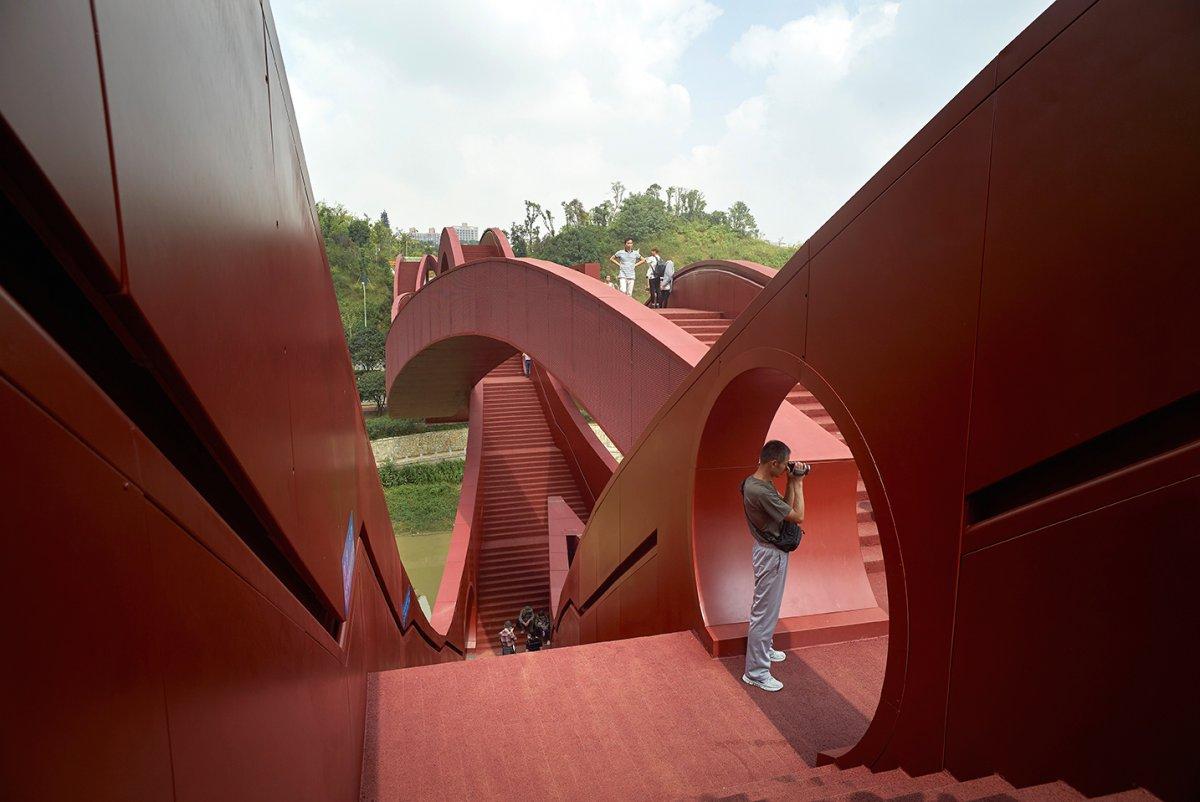
Next Architects is known for creating unconventional bridges. The firm also built one in a Netherlands floodplain last year that can be submerged in water.
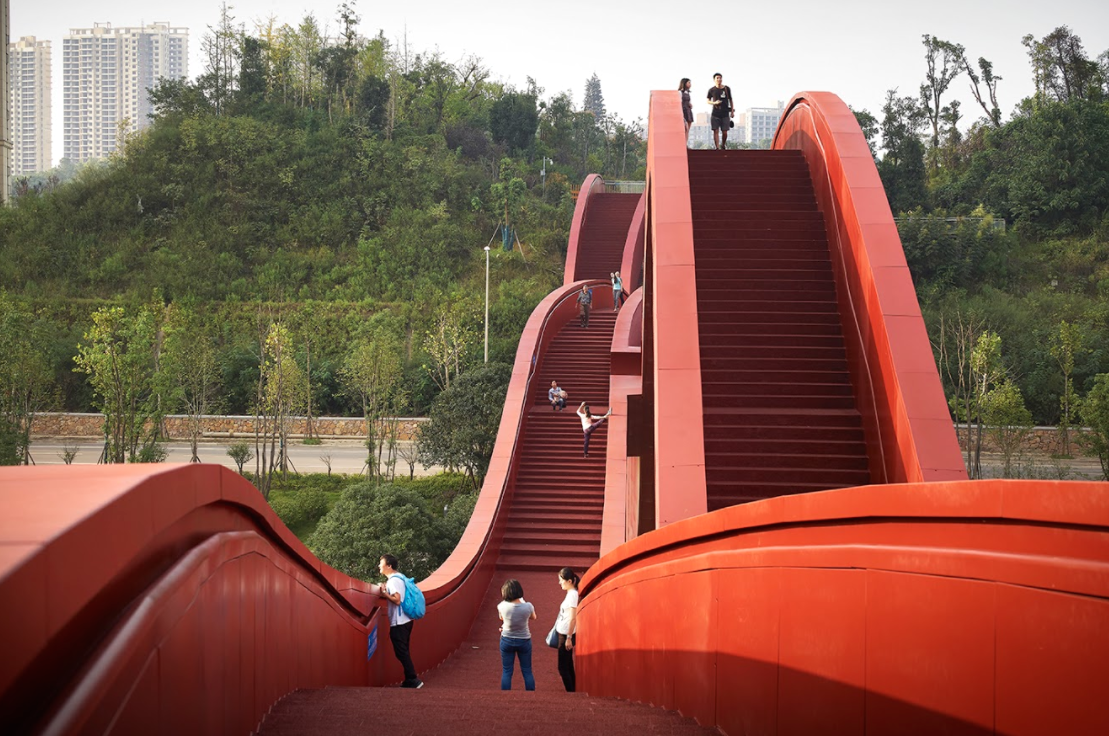
Like Next's other designs, the Lucky Knot is anything but ordinary.
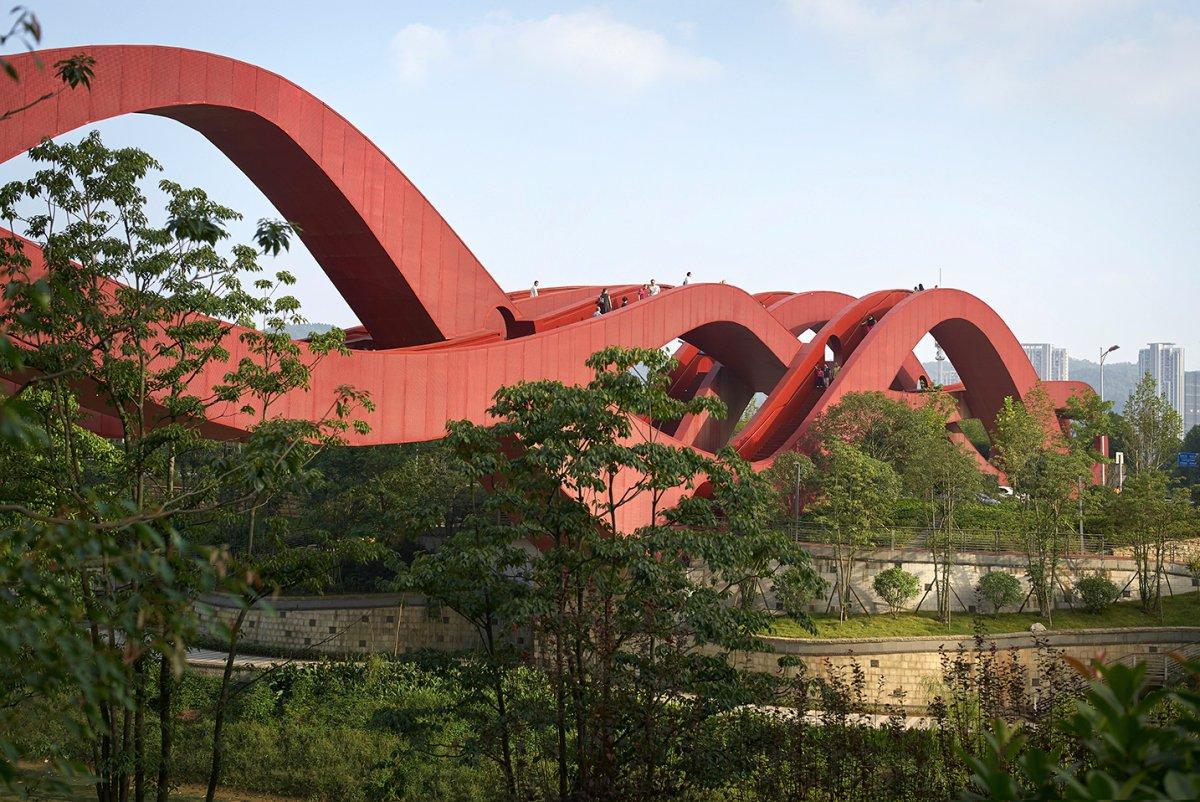
Read more:
• 9 of history's greatest philosophers reveal the secret to happiness
• 98% of all Japanese adoptions are employers adopting the adult men on their staff, not children
• 13 things you're doing wrong from the moment you wake up
Read the original article on Business Insider UK. © 2016. Follow Business Insider UK on Twitter.
Subscribe to Independent Premium to bookmark this article
Want to bookmark your favourite articles and stories to read or reference later? Start your Independent Premium subscription today.
Join our commenting forum
Join thought-provoking conversations, follow other Independent readers and see their replies
Comments